Achilles tendinopathy, characterised by pain, stiffness, and swelling in the Achilles tendon, is a common overuse injury among athletes and active individuals. Traditionally, rest has been prescribed as the primary treatment approach. However, emerging research suggests that loading, rather than complete rest, may be more effective in managing Achilles tendinopathy. In this blog post, we'll explore the importance of loading and why it's crucial for recovery.
Understanding Achilles Tendinopathy: Achilles tendinopathy occurs when the Achilles tendon, the thick band of tissue that connects the calf muscles to the heel bone, becomes irritated or inflamed. It is often the result of repetitive stress or overuse, commonly seen in activities that involve running, jumping, or sudden changes in direction.
The Importance of Loading: Contrary to the belief that rest is the best course of action for Achilles tendinopathy, research indicates that loading the tendon through controlled exercises is essential for promoting healing and strengthening the tendon. Here's why loading is crucial:
Stimulates Tendon Repair: Loading the Achilles tendon through specific exercises, such as eccentric calf raises, stimulates the production of collagen fibers within the tendon. This helps promote tendon repair and remodeling, ultimately leading to improved tendon strength and resilience.
Prevents Tendon Degeneration: Prolonged rest or immobilisation of the Achilles tendon can contribute to tendon degeneration and weakening over time. Loading exercises help maintain tendon structure and prevent further deterioration, reducing the risk of chronic or recurrent tendinopathy.
Promotes Tissue Adaptation: Gradually increasing the load on the Achilles tendon through progressive exercises allows the tissue to adapt and become more resilient to future stressors. This adaptive response improves tendon capacity and tolerance to load, reducing the likelihood of re-injury.
Improves Pain and Function: Studies have shown that loading interventions, such as eccentric exercise programs, are effective in reducing pain and improving functional outcomes in individuals with Achilles tendinopathy. These exercises help desensitise the tendon and improve neuromuscular control, leading to pain relief and enhanced mobility.
Enhances Long-Term Recovery: By incorporating loading exercises into a comprehensive rehabilitation program, individuals with Achilles tendinopathy can achieve long-term improvements in tendon health and function. Consistent loading promotes tissue healing, reduces symptoms, and minimises the risk of future tendon-related issues.
Conclusion: In the management of Achilles tendinopathy, loading, rather than rest, plays a critical role in promoting tendon healing, improving function, and preventing recurrence. While rest may provide short-term relief, it does not address the underlying tendon dysfunction or promote tissue adaptation. Therefore, individuals with Achilles tendinopathy should work with healthcare professionals such as Foot Foundation to develop a tailored rehabilitation program that includes targeted loading exercises. By embracing loading as a key component of treatment, individuals can expedite recovery, restore tendon health, and return to their desired level of activity with confidence.

